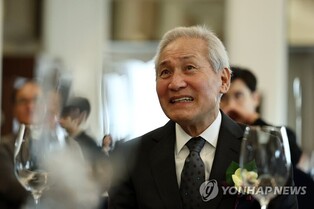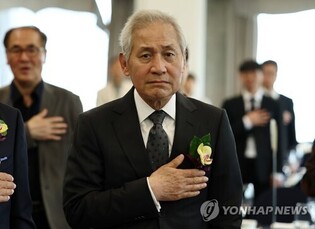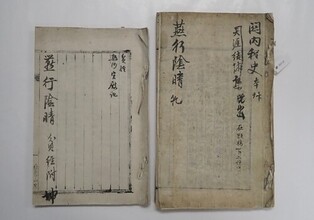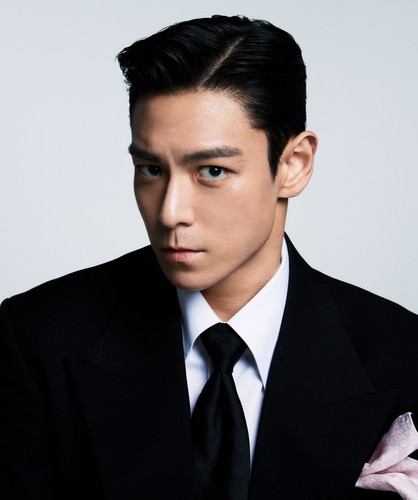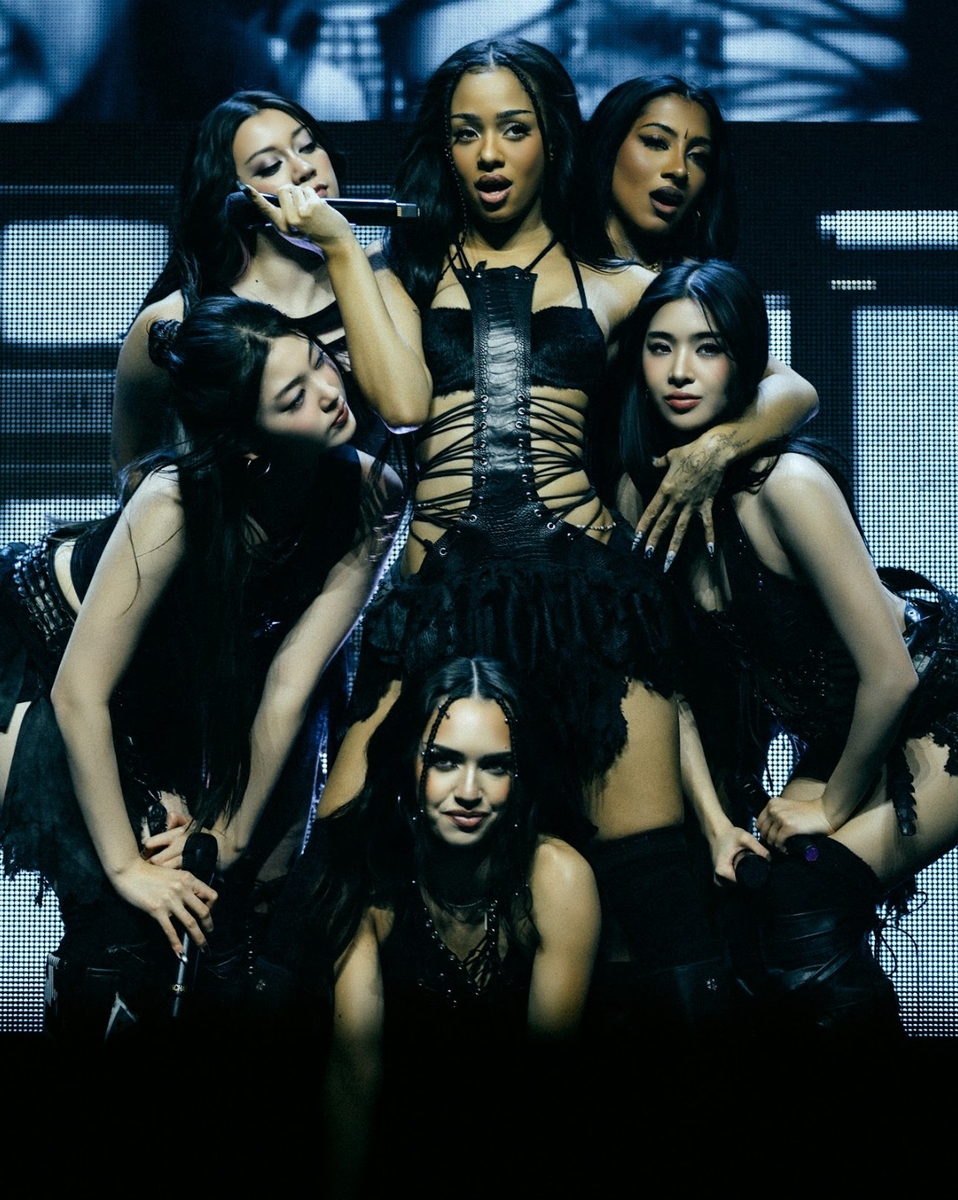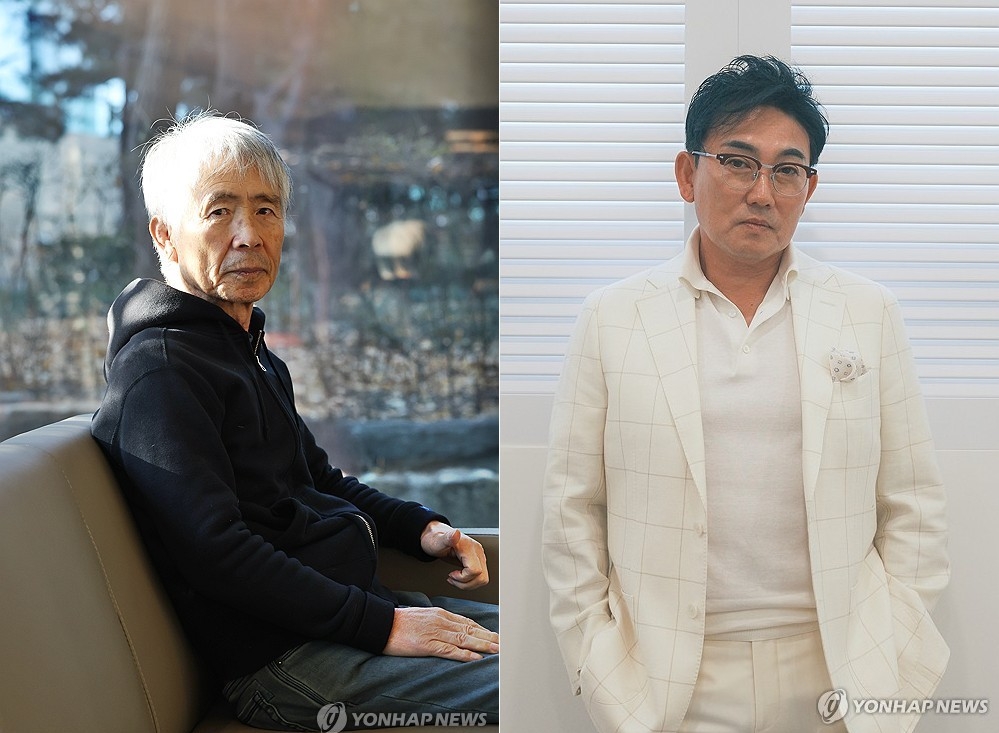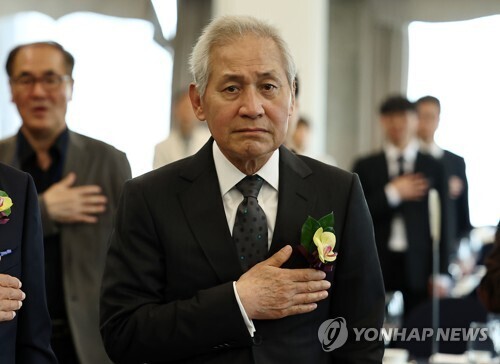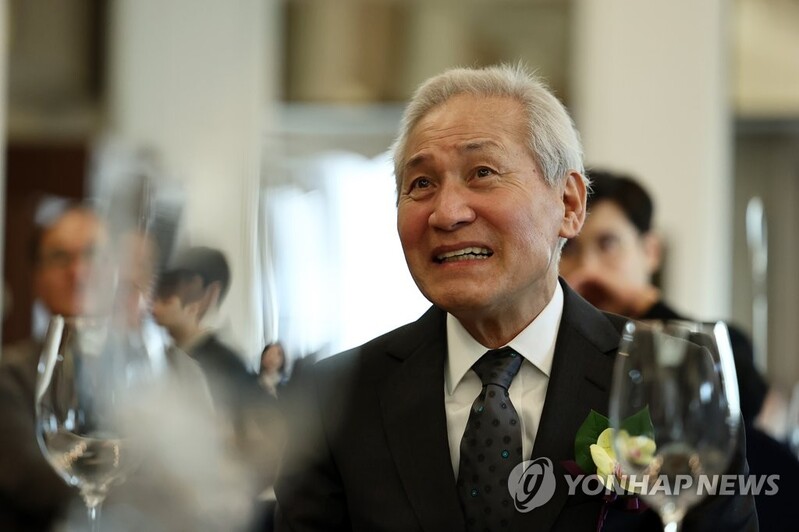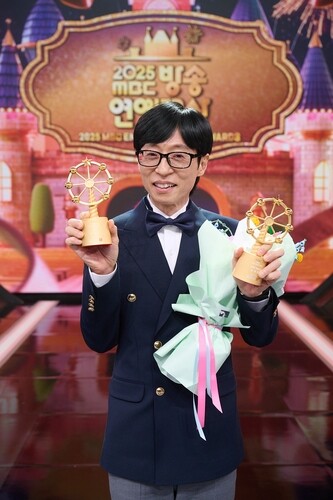
Continuing from the previous column, this is the story of my challenge on the slopes of Daegwallyeong in 1961, during my time as a new member of the Seoul National University Mountaineering Club.
At the time, we did not have designated slopes. Ski resorts were not yet developed with well-maintained slopes and lifts to take skiers up the mountain. Instead, we simply climbed up as far as we could and skied down only that distance. It was a repetitive process of hiking up and skiing down short distances, neither long nor high.
Nowadays, people might question what was enjoyable about such a method, but back then, this seemingly mindless repetition was as exhilarating and fulfilling as the visible breath escaping from our mouths in the cold air. It was a distilled essence of life’s vigor and a testament to the value of youth.
We first selected locations where the snow remained deep and intact. However, with several of us repeatedly ascending and descending throughout the day, the snow would inevitably get ruined, forcing us to find a new location the following day.
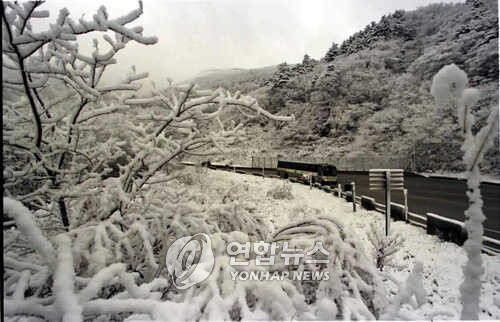 |
| ▲ Heavy snowfall in Daegwallyeong is seen in this undated file photo. (Yonhap) |
If fresh snowfall was infrequent, we had to search far and wide for slopes with enough snow. In years with little snowfall, we would venture far beyond the nearby areas of Jinbu, Hajinbu, and Chahang-ri, traveling even deeper into Naechahang in search of remaining snow-covered slopes.
After graduating from university and working at Kim Swoo-geun’s architectural research lab, my skiing conditions improved significantly thanks to a senior colleague who had been my upperclassman in school. His father managed an OB Beer hop farm in Sogsa-ri, which provided us with clean and comfortable lodging at the farm’s quarters, as well as meals.
Each morning, we commuted by the farm’s truck to Hoenggye-ri, where we repeated our so-called “foolish” routine of climbing and skiing down. Oddly enough, during those years, the real hardship wasn’t the physical strain of skiing but rather the mental struggle of coming up with excuses to escape the busy office.
Fortunately, Kim Swoo-geun had the generosity to tolerate my restlessness during ski season. If I completed a week’s worth of work in three days and presented it for approval, he would readily grant me the remaining four days to go skiing.
However, the problem was that this arrangement, which was supposed to be a discreet agreement between the two of us, was inevitably exposed after four days—when my face returned to the office tanned and darkened by the sun.
By that time, I was free from the notorious discipline of the university mountaineering club, allowing us to choose our time, location, and group freely, making it a truly enjoyable sport.
During that period, a younger student from my high school mountaineering club, Myeong Il-bu, became my ski instructor. Not only was he highly athletic, but he also had the financial means to purchase and read various books on skiing and mountaineering from Japan, making him exceptionally knowledgeable.
Most importantly, he had ample free time, making it easy to arrange meetups, and he treated me with great respect.
Back then, we frequently used the newly developed military ski slope and lodge at Jinburyeong. At Jinburyeong, the military cleared the trees and even used bulldozers to uproot them entirely.
The result was a nearly one-kilometer-long slope, and though there was no ski lift, it opened up a new level of skiing experience for us. Around that time, an avalanche on a front-line hill caused heavy casualties among soldiers, and due to ongoing heavy snowfall, rescue operations were delayed, leading to further losses.
This tragedy led to the establishment of the Republic of Korea Army Ski Unit. The first company commander of this unit was Lieutenant Yang, a former ski athlete whom we knew well. Thanks to this connection, we had access to the military ski slope and facilities.
Now, I can barely remember his name or face, only that he held the rank of first lieutenant, but I do recall that he was kind-hearted and treated us exceptionally well.
I still remember how, after Usu (one of the 24 solar terms marking the thawing of snow), he would lift rocks from the stream to catch sluggish, half-awake frogs, roast them over the campfire, and hand me the grilled frog legs to eat.
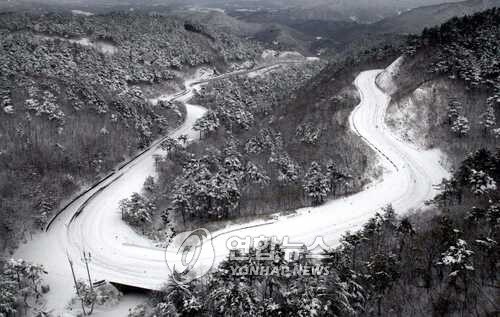 |
| ▲ Deserted old Daegwallyeong road is seen in this undated file photo. (Yonhap) |
Later, Lieutenant Yang became the first Korean skier to compete in the cross-country event at the Winter Olympics in Innsbruck. He finished in last place, but a foreign news agency prominently featured his photo with the caption, “The Indomitable Spirit of a Korean Skier.” He was one of Korea’s pioneering ski athletes.
After I became independent and established my own office, my circumstances improved somewhat, thanks to my high school seniors, Professor Lee Chang-hwan from Ewha Womans University’s Department of Physical Education and Professor Ko Seong-hwan from the Department of History. Every winter break, the two professors took the entire Ewha mountaineering club to Hoenggye for ski training, and since there were so many students, I was called in as a teaching assistant.
As a teaching assistant, my role was to instruct beginners who were skiing for the first time, while the two professors focused on teaching intermediate and advanced skiers. My job was to teach basic skills such as how to wear ski boots, attach and detach skis, stand upright, walk on flat terrain, perform a kick turn, use the side step, and the herringbone technique, as well as how to fall safely.
By that time, foreign-made plastic skis were being imported, albeit at a high price, and safety bindings from Germany and Austria were available. This meant that skiing had moved beyond the primitive methods of the past. However, it was still the same grueling process of climbing up natural slopes formed by the wilderness and skiing down, just as we had done before.
The safety bindings alone were a remarkable advancement. Compared to the old days when we would strap plywood skis onto military-issued ‘Walker’ boots with leather strings, these bindings were revolutionary. They automatically released the skis when a skier fell, preventing leg injuries.
Plastic skis, compared to plywood, were incredibly light, sleek, and offered excellent glide performance.
At the time, textbooks stated that skiers had to use skis 30 centimeters longer than their height, making it essential to master the technique of turning around while wearing skis before learning anything else. This maneuver was called the kick turn.
Performing a kick turn while maintaining perfect posture on a slope was an extremely difficult skill, but it was my specialty when teaching female students. (To be continued)
(C) Yonhap News Agency. All Rights Reserved








